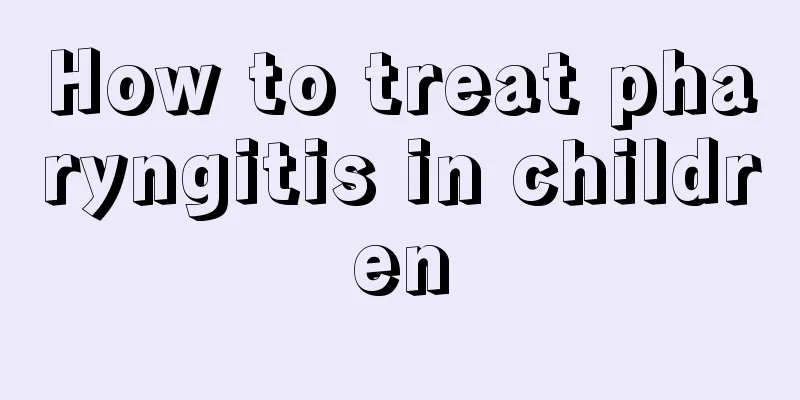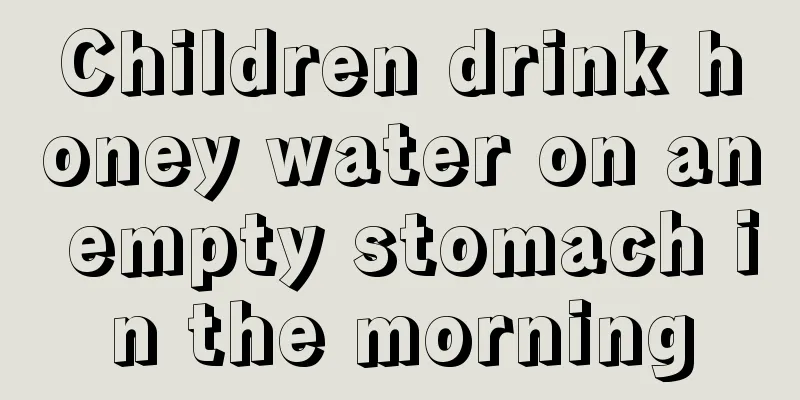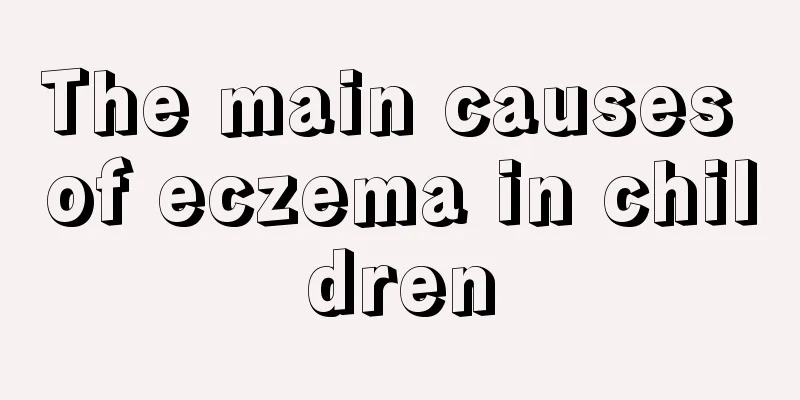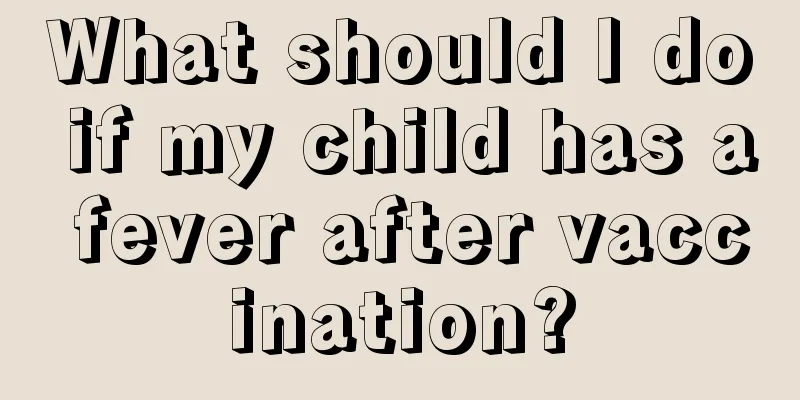What are the sequelae of cerebral hypoxia in children?

|
There are many reasons for cerebral hypoxia in children. No matter what the cause is, it will cause serious damage to the child's brain, and these injuries are irreversible. Although the current development of medical technology can avoid the occurrence of cerebral hypoxia in children during the delivery process, there will be some resuscitation measures when children suffer from hypoxia, but children will still have sequelae after suffering from cerebral hypoxia. Sequelae of cerebral hypoxia in children It is generally believed that the 1-minute Apgar score result is: a total score of 8-10 points indicates no suffocation, 4-7 points indicates mild suffocation, and 0-3 points indicates severe suffocation. Generally, a score of 8 or above is considered normal. A score of 7 or above indicates mild hypoxia, which often does not affect the prognosis; a score of 4-6 indicates moderate asphyxia, which can usually be recovered in a short time with active treatment; a score of less than 4 indicates severe hypoxia, asphyxia and respiratory depression. At this time, a doctor must perform emergency rescue and resuscitation to have a chance of improvement, otherwise it will be difficult for the newborn to survive. Newborns who have not yet established normal and effective breathing but still have a very low score 10 minutes after birth despite emergency resuscitation may suffer from sequelae such as mental retardation or movement disorders in the future due to damage to brain cells due to prolonged lack of oxygen, even if they survive. Sick babies have low resistance and are prone to diseases such as aspiration pneumonia, neonatal scleredema, hypocalcemia, hypoglycemia, neonatal intracranial hemorrhage and systemic infection. Treatment of cerebral hypoxia in children 1. General treatment Keep quiet, breathe oxygen, keep warm, and keep the airway open. Correct acidosis. People with coagulation disorders can be given vitamin K15 mg/d, or blood or plasma transfusions. Correct hypoglycemia, hypocalcemia, etc. in a timely manner. 2. Intensive Care Carry out cardiopulmonary, blood pressure, intracranial pressure and EEG monitoring, and closely observe body temperature, respiration, consciousness, eye movement, pupil size, anterior fontanelle and the presence of early convulsions. Maintain blood gases and pH within normal range. When heart failure and shock occur, timely treatment is required. 3. Maintain calories and limit fluid intake appropriately Generally, the amount of fluid should be limited to 60-80 ml/kg per mouthful within 3 days after birth, and the infusion rate should be 4 ml/kg per hour. Glucose intake is 10-20 g/kg per day to maintain blood sugar at 4.2-5.6 mmol/L, and intravenous high nutrition is given when necessary. Sodium bicarbonate should be used with caution to avoid aggravating cerebral edema. 4. Anticonvulsant therapy The treatment of neonatal seizures first requires immediate attention to metabolic disorders that may exist during HIE, such as hypoglycemia, hypocalcemia, hypomagnesemia, hyponatremia, etc. Once it is determined that the seizure is not caused by a metabolic disorder, anticonvulsant drugs are used. In principle, choose one drug with sufficient dosage, or use two drugs alternately. Monitor the blood concentration of the drug frequently during medication, and observe closely after medication, when the convulsions stop, the patient falls asleep quietly, the breathing and heart rhythm are stable, and the palms and fingers are bent with a certain tension. |
<<: What is the cause of the baby's diarrhea with blood?
>>: How can neonatal cerebral edema be treated?
Recommend
What is incarcerated hernia?
Hernia incarceration is caused by a weak or defec...
How to regulate children's spleen and stomach disharmony
Indigestion in children has a great impact on the...
What is the cause of the child's thigh pain?
If your child shows symptoms of thigh pain, you s...
What should I do if my child has brainstem encephalitis?
Brainstem encephalitis sounds scary just by sound...
What are the effects of gastric lavage in children?
Gastric lavage is to remove substances and toxins...
How to treat chronic tonsillitis in children
If a child keeps coughing and has a sore throat, ...
How to relieve itchy skin in children
Bath: The water temperature should be moderate, n...
How to determine if a child has ADHD?
It is a child’s nature to be playful. I believe m...
Why do I always get oral ulcers in my mouth?
Many people have experienced oral ulcers, which c...
16-month-old baby early education
Everyone knows that baby's education is more ...
Why do children cough and vomit?
Sometimes, many situations can cause children to ...
Why doesn't my daughter like her father?
The role of father is very important in the famil...
Five benefits of having a dad take care of your kids
1. Cultivate children's sense of responsibili...
Three-year-old baby's big teeth are black in the middle
If a three-year-old baby has black stuff in the m...
What causes babies to breathe loudly?
For many babies, careful parents will find that t...









